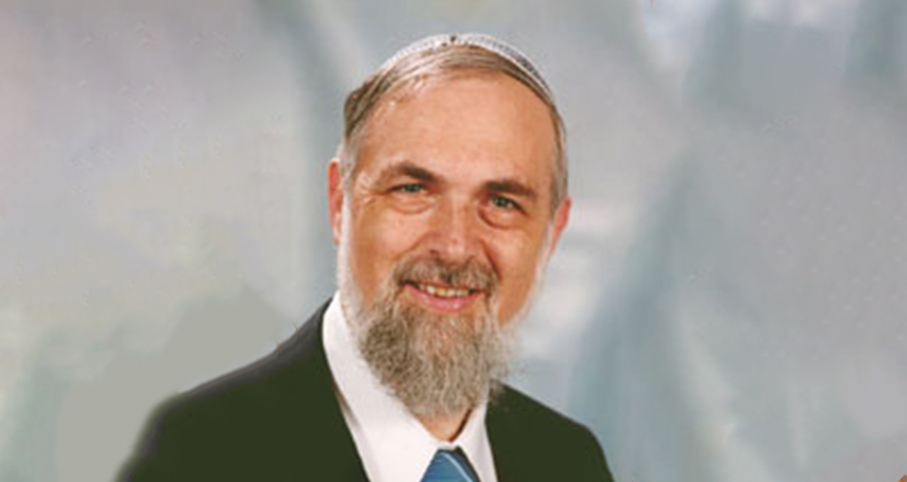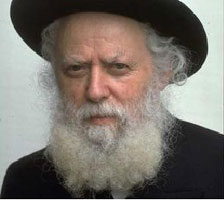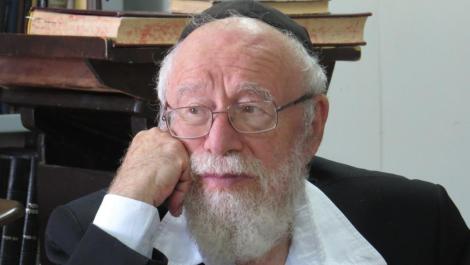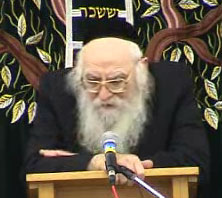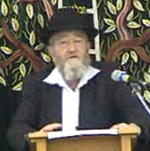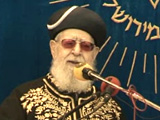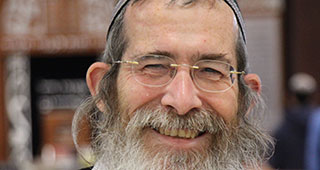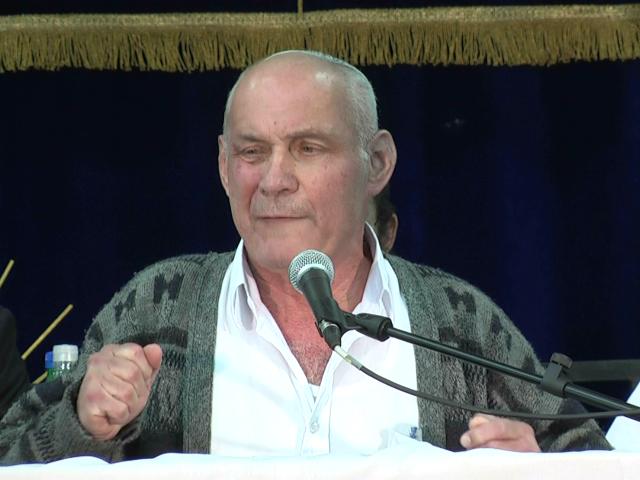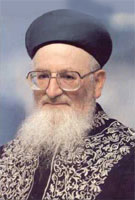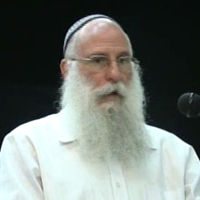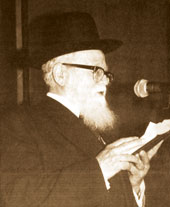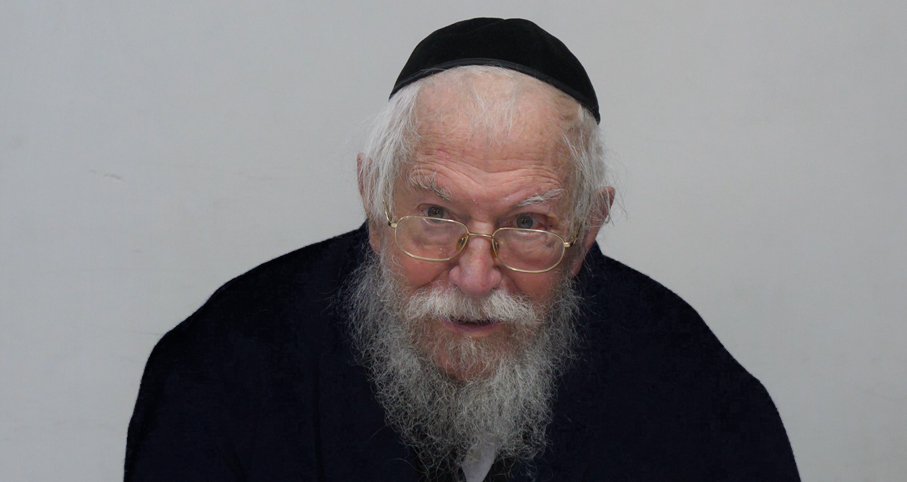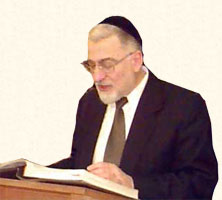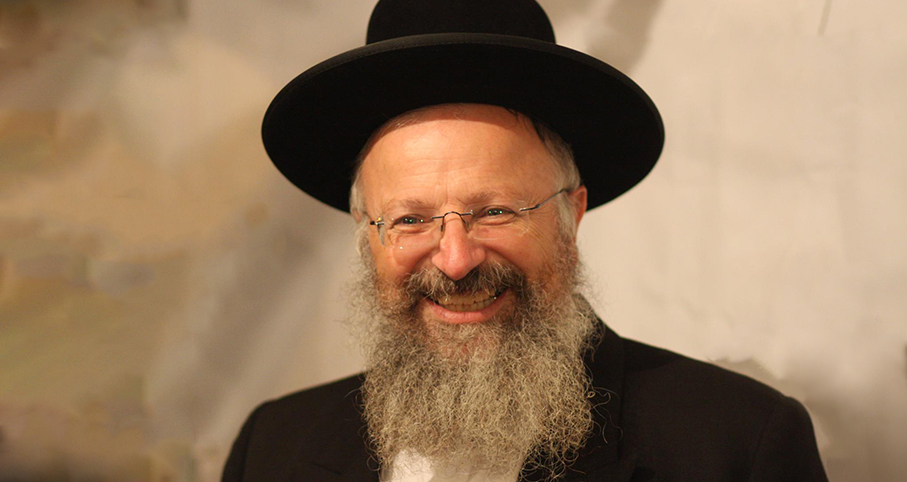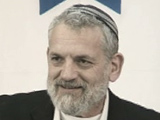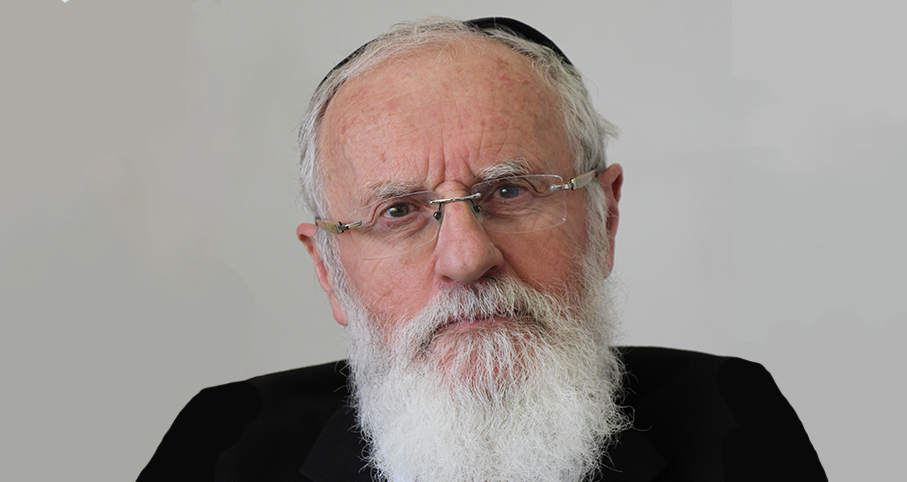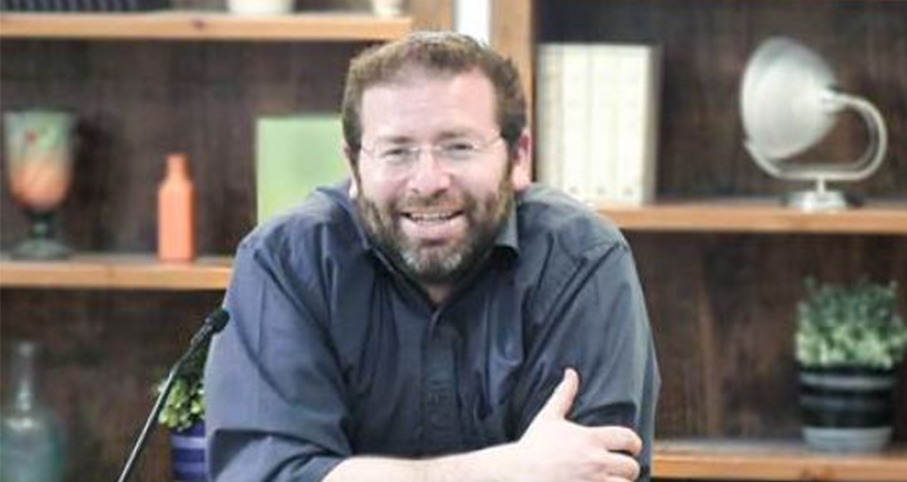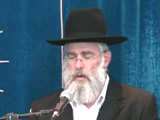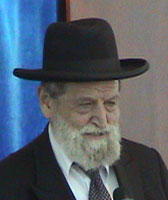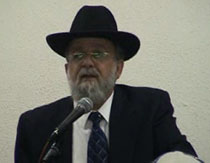Beit Midrash
- Sections
- Chemdat Yamim
- Ein Ayah
Ein Ayah: The existence of sefeikot is among the results of the Torah. They are part of the whole picture, and they complete that which is missing. The actions that are needed to deal with cases of safek increase involvement in Torah study, so that the hard work and involvement has the positive impact of sanctifying participants.
However, relating to questions of doubt is necessary only to the extent that there is a lacking in spiritual light, which is combated by the toil of dealing with sefeikot. However, when the light of the true Torah and knowledge of Hashem is shining in the most brilliant way, there is no need for the darkness that accompanies doubts. The latter is needed only to encourage the development of a light that comes from within the darkness.
Those who are most appropriate to elevate themselves beyond the need for the positive elements of safek are the kohanim, who are the ones who approach Hashem and benefit from the light of the divine grace. An institution of safek, such as a second day of Yom Tov in the exile, is a Torah law that is not as good as the light of being in the Desired Land. This is despite the fact that "the words of the scholars are more beloved to Israel than the "wine of Torah."
Removing safek was the first action undertaken by Rabbi Shimon Bar Yochai, the possessor of the divine light that shone onto others after elevating himself above the normal conditions of life. He spread a light of definite purity and reduced the need for completing the doubt with Torah toil. Through all of this, the light of dealing with doubts in practice continued, starting with the kohanim, taking action so that they would no longer have to circumvent the place that used to be considered possibly tameh. "Hashem is our G-d, and He gives light to us" (Tehillim 118:27). "His Name is definite, and so is His praise" (Yamim Noraim prayers).
When the divine light was returned by a towering spiritual giant whom Hashem chose, his first task was to return positive things that had been present in previous generations and deteriorated due to lack of positive influence. Afterwards, it was even possible for later generations to go even further if they merited added connection to divine light.
In this case, it was necessary to determine to what extent the practical steps of dealing with sefeikot was necessary to deal with areas of spiritual darkness. Rabbi Shimon wanted to know how long the deterioration had been going on. Was it only one generation from the time they did not need to make up the darkness with added involvement in doubt? If so, it was more realistic to return matters to their previous level without needing the cloud of safek to hover above them.
The old man testified that he had seen a time in which there was clear purity at this place, and thus it was just a matter of a generation that needed to be rectified. Therefore, it was possible that the positive light of Rabbi Shimon would suffice without the help of doubts. This would expand their light in matters of certainty and their accompanying internal light. The time had come to take steps to clarify the mystery as to where there was and was not impurity.
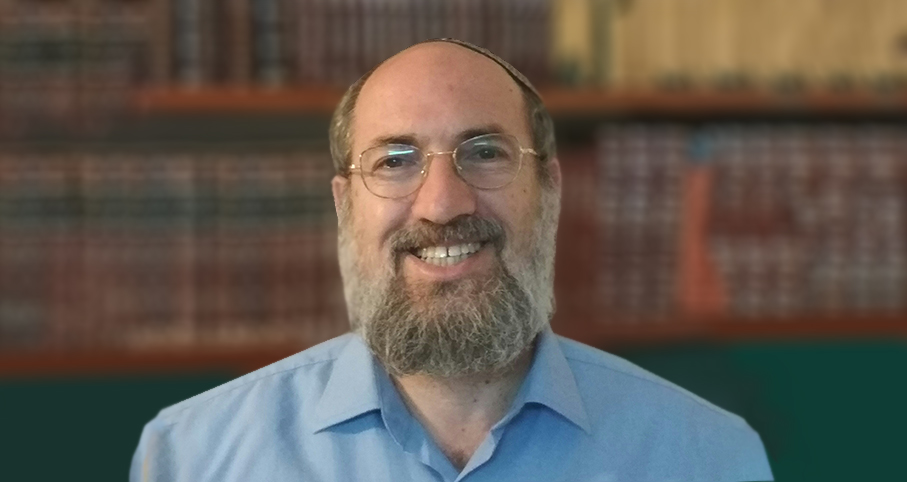
For Shavuot: "Rav Kook on The Necessity for Humility to Learn Torah"
Rabbi Ari Shvat | Iyar 20 5783

Truth is Inside-Out But Justice: Outside-In
Rabbi Ari Shvat | Adar 5783
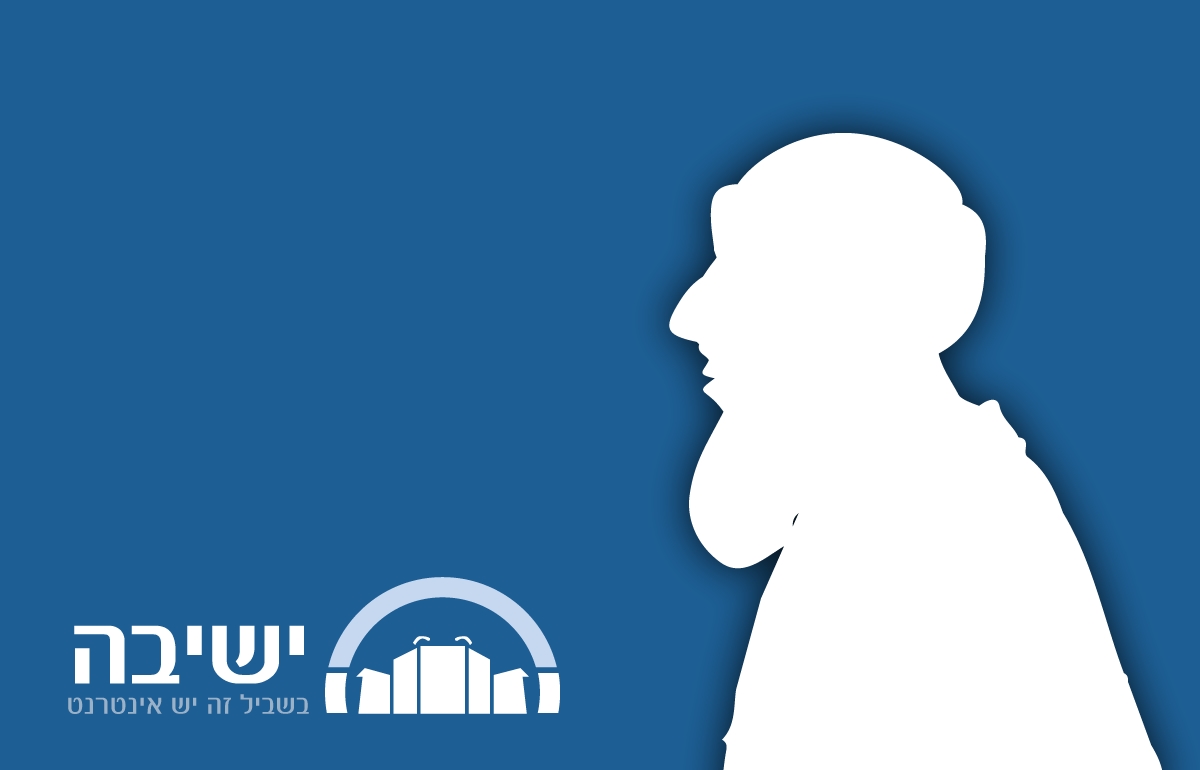
The Benefits of Torah and of Eating
Various Rabbis | 5770

The Road to Heaven is Also Paved With Good Intentions
Ein Aya Shabbat 5,19
Rabbi Ari Shvat | Adar 5783

Various Rabbis
Various Rabbis including those of of Yeshivat Bet El, such as Rabbi Chaim Katz, Rabbi Binyamin Bamberger and Rabbi Yitzchak Greenblat and others.

Connection to the Present and the Past
Iyar 21 5775

Responsibility for Collateral
5774

Following the Majority When the Minority Is More Knowledgeable
5771

